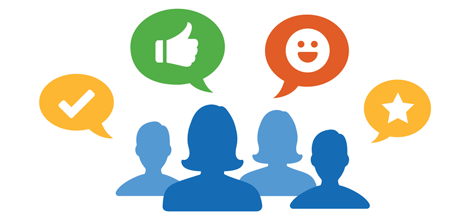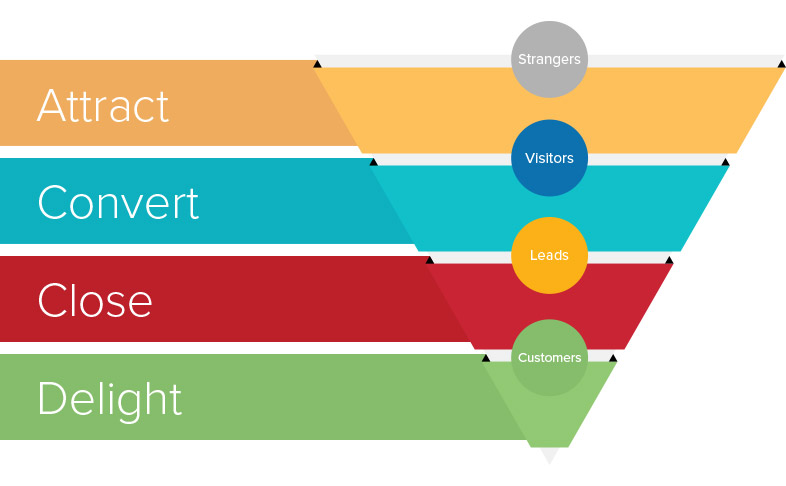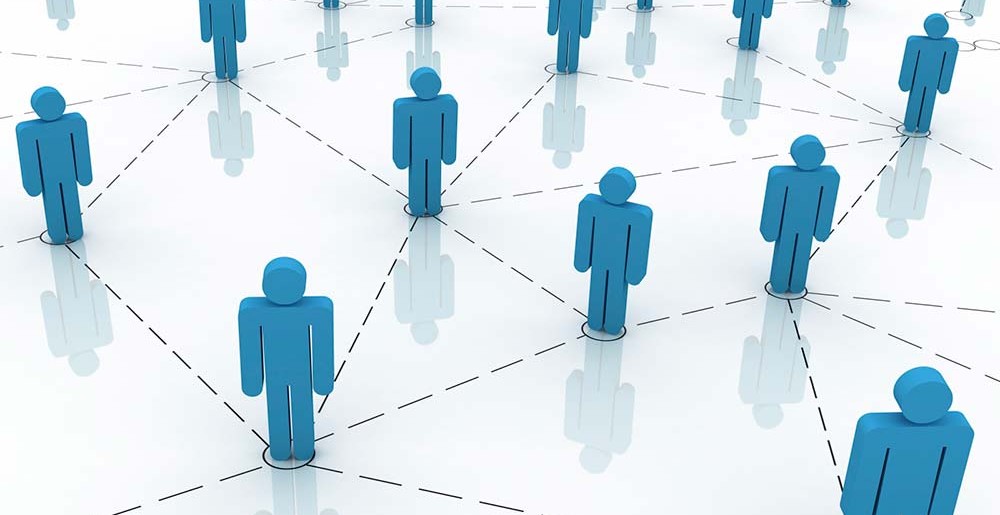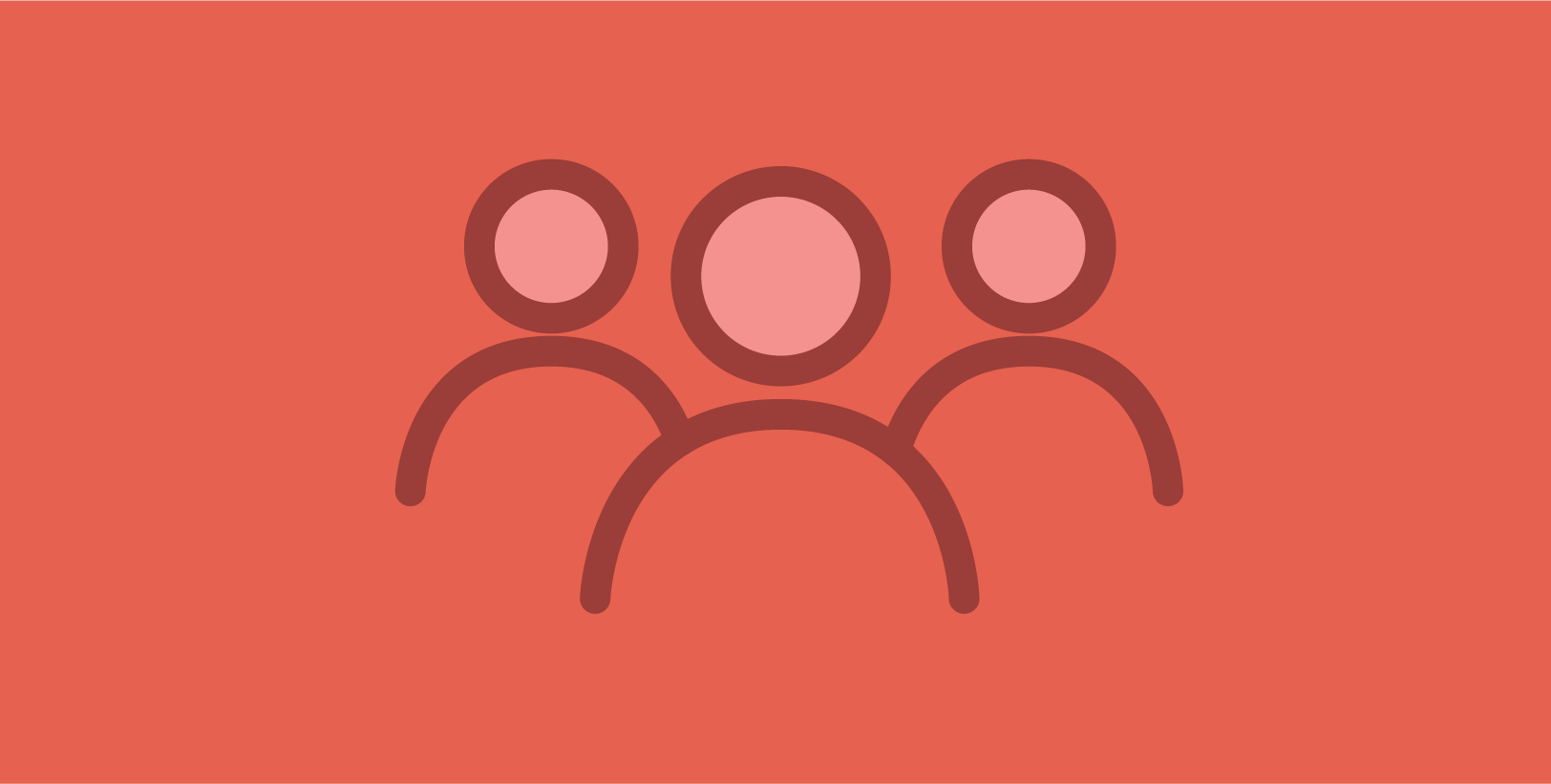Customer Journey Mapping for Home Services Companies
- October 27, 2022
- By: Vonigo
Early in my career, I had the opportunity to work with IDEO. This organization inspires businesses to use “design thinking” to centre their businesses around their target customer and unlock creativity, innovation and revenue.

Geoff Henshaw
In the article below I’d like to share how you can use a part of design thinking, known as customer journey mapping, to understand your customer’s experience and perhaps most importantly, improve that experience.
As VP Marketing for O2E Brands (1-800-GOT-JUNK?, WOW 1 DAY PAINTING, Shack Shine), mapping the customer journey was one of the most insightful ways we had to improve the customer experience. I believe it will be yours too!
What is Customer Journey Mapping? Prepare your whiteboards…
A customer journey map is a simple idea: a diagram illustrating the steps your customer(s) go through in engaging with your company. Whether it be a product, an online experience, a retail experience, a service, or any combination. The more touchpoints you have, the more complicated things become.
For home service businesses, I would strongly recommend keeping things simple. And yes…if ever there was a time to fully utilize a whiteboard this would be it!
If this already sounds complicated… It doesn’t have to be! There are a few things I’d emphasize before you get started.

Customer Journey Mapping — A Whiteboard Exercise
Do this exercise with a large whiteboard (see the stages below for the columns)
Think deeply about your target customer, because this will have a BIG impact on the journey and should be referred to throughout the exercise. Here are a couple of examples of customer information that will impact how you think about the journey:
- Will they book a job with your business via their mobile phone?
- Are they working during the day (therefore not home)?
- Do this exercise with members from different parts of your team – they’ll bring different perspectives.
- Set aside 2 – 4 hours to do this properly.
- Focus on the areas that will have the biggest impact for your customer.
I think you’ll find the benefits of this exercise far outweigh the complexity.

Why is this important?
Customer journey mapping is important because it is a strategic approach to better understanding customer expectations and is crucial for optimizing the customer experience.
Customer journey mapping is just as important for service businesses as for billion-dollar software companies. Your customer expectations are changing, for all businesses, regardless of size and customers demand an omnichannel approach to customer service, marketing and sales.
One of the most important aspects of the customer experience is personalization. Recent research found that 84% of consumers feel that being treated like a human rather than a number is crucial to winning their business. Customer journey mapping allows SMEs to create personalized experiences across all touchpoints – for every individual, across all channels.
Mapping the customer journey has a host of benefits such as:
- Allowing you to optimize the customer experience
- Benchmarking the customer experience desired by your customers against what they receive
- Understanding the differences in what your target customer experiences through their journey with your businesses versus what you have designed
- Creating a logical order for your buyer journey.
However, the biggest benefit is simply understanding your customers more. The better you understand their expectations, the more you can tailor the customer experience to their needs.

The Steps in the Customer Journey
There are many customer journey mapping models that have different phases – I’ve always used these 5; there are fewer of them, which makes things simpler to build them out and share them with the team. Note – for each of these phases there is data (or KPIs) – use that data to quantify the customer experience.
Phase 1. Awareness
The first stage of a customer’s experience with your brand is the awareness phase. This is where a consumer first becomes aware of your business offerings.
A customer may find your business in many ways. For example, they may use a search engine like Google and come across your business in the search results. Other common means of discovery are for the consumer to see an advertisement for your business, or get a referral through word of mouth or social media.
All customers start in the awareness stage. They must learn about your business before they can engage with you, so it is typically considered the most important phase in the customer life cycle.
It can also be the most expensive for your business from a cost-per-acquisition perspective, especially if you run ads to raise awareness among your target audience of consumers.
KPIs to consider: Digital impressions
Phase 2. Consideration
In the consideration phase , the consumer has discovered your business and is now collecting information to weigh the pros and cons of your offerings. Sometimes, this assessment is against your competition. Customer reviews can be of critical importance here!
Other times, the consumer is contemplating how well your solutions fit their needs whether that be their budget, the outcomes they’re looking for by using your offerings, or other factors like ease of use.
Consumers will use the information on your website as the primary means of determining whether or not to buy. In addition to looking at reviews (most likely Google), they will also examine social media, or even call your business to collect answers they cannot get.
KPIs to consider: sessions, phone calls
Phase 3. Purchase or Acquisition
Here, we arrive at the point where a prospect becomes a customer. They’ve evaluated your offerings and decided to buy from you.
But just because a customer reaches this stage does not guarantee the purchase. This is where additional detail is needed in your mapping. What are the customer touchpoints from the online booking to a completed job? How many customers do you lose through these steps? By documenting this you can start to understand where there are opportunities to improve things for your customer.
KPIs to consider: OBE entry & completion, jobs booked
Phase 4. Retention
The retention phase deepens the customer’s relationship after the purchase so that they are more likely to buy from you again. This happens by providing follow-ups, reminders, and promotions to customers, usually via email.
Leverage all the great customer data you have sitting in Vonigo to craft highly relevant communications with customers! Also remember – these folks are already customers, treat them like gold and CPAs will remain low and conversions high when they come back for your services in the future.
KPIs to consider: Repeat customers
Phase 5. Advocacy
The last stage is when customers become so fond of your organization that they become advocates for your brand. They tell friends and colleagues and recommend your business to others through online reviews.
These brand loyalists are how you can generate not only additional sales but also expand your customer base. Get to know these people as well as you can!
KPIs to consider: Customer reviews

Potential Outcomes of Customer Journey Mapping
Examples of what mapping the customer journey might unlock for your business:
- You are too slow to get to leads, and they have moved on to a competitor
- Your timing of needing to enter a home is inconvenient for a working professional
- Your onsite team isn’t asking for a customer review, and you aren’t getting indications of advocates
- You aren’t optimizing your digital experience for mobile
There are many more! Like most things worth doing, mapping a customer journey isn’t easy – but it is worth doing.



